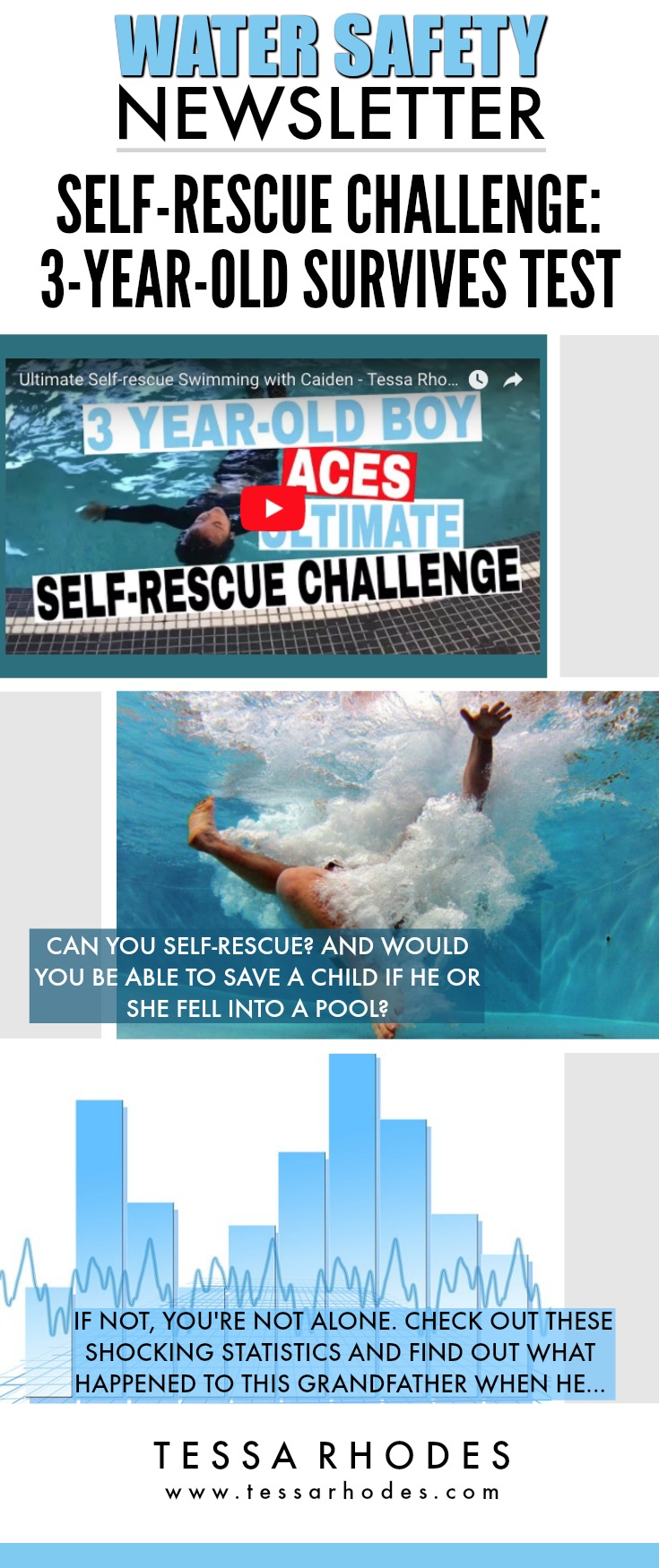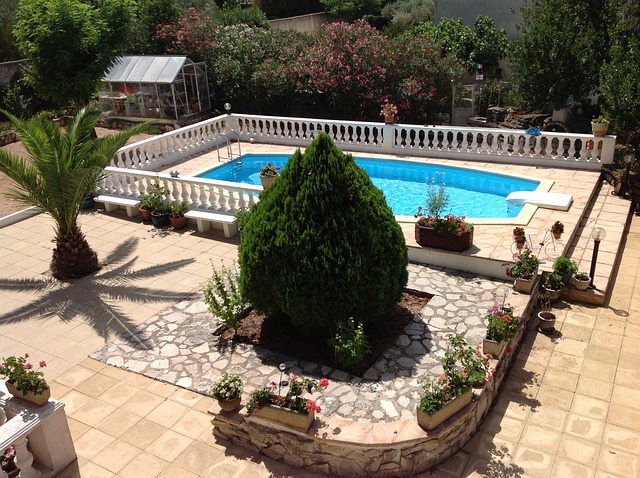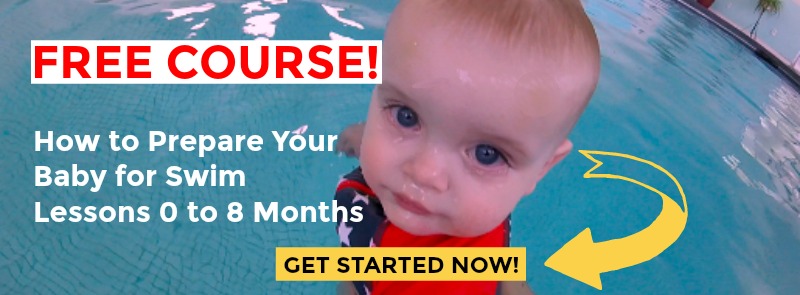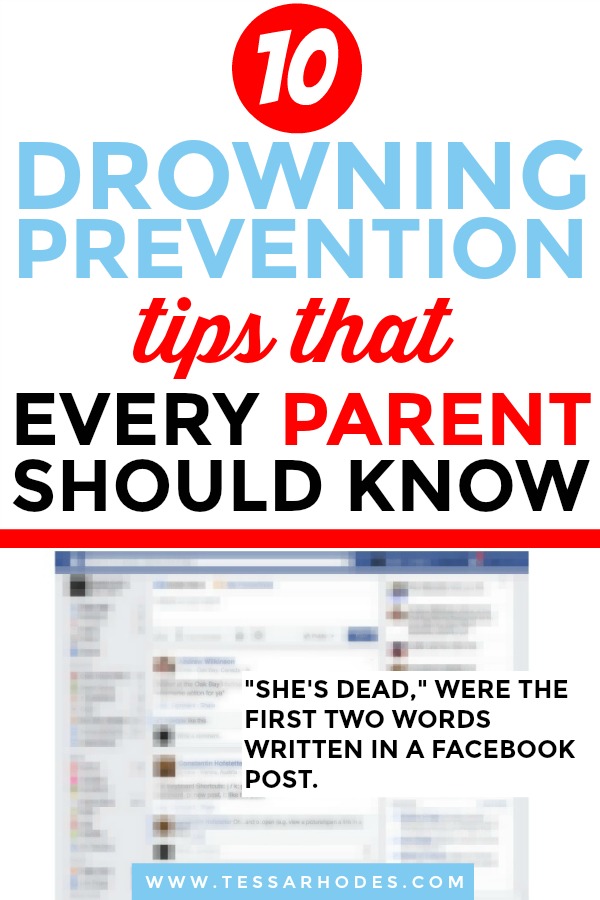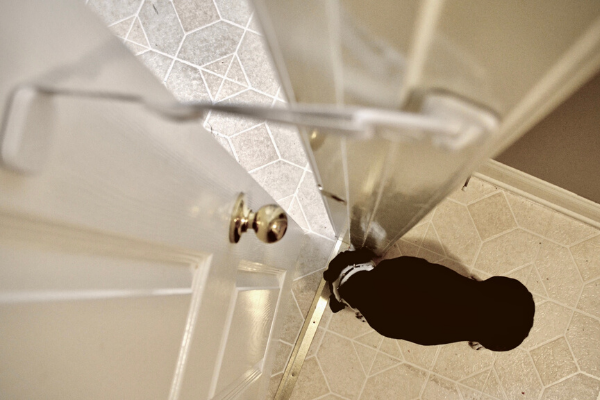
My son, Ethan landed a new part-time job recently. He’s a deckhand for The Aquabus (a ferry service for Vancouver’s waterfront). Way to go Ethan! self-rescue
And here’s something else to celebrate.
Three and a half year old Caiden passed the ultimate self-rescue challenge. Which means that he now has the life-saving skills that allow him to self-rescue if he ever fell into a pool fully clothed. Way to go Caiden!
Are you and your family equipped with the skills to self-rescue?
So to keep you and your family safe around water. Make sure to:
- Always swim in a lifeguarded area.
- And always swim with a buddy, never swim alone.
- Learn swimming, self-rescue, and other water safety survival skills.
- Provide close and constant attention to children you are supervising in or near water.
- Children, inexperienced swimmers, and boaters should wear U.S. Coast Guard-approved life jackets.
- Provide adequate barriers around swimming pools, spas, and landscape water features.
- Also, know what to do in an emergency. If a child is missing, check the water first.
- And know when to call 911 and have easy access to reaching or throwing equipment, a cell phone, life jackets and a first aid kit.
And last but not least, if you don’t know how to swim, be sure to enroll yourself in swim lessons now so that you will be able to rescue your child in case of an accidental submersion.
You need to learn to swim before your child. Not the other way around.
If you have any thoughts on the subject or experiences that you would like to share, I would love to hear from you.
Love the water but fence it in,
Tessa
P.S. Get the FREE water safety app to help ensure your family stays safe in, on and around the water. It includes kid-friendly videos and quizzes. Search the iTunes app store for Swim by American Red Cross or click here. For Google Play you can use the same search parameters or click here. It provides the latest in water safety guidance to help ensure your family stays safe in, on and around the water.
P.P.S. To start your child on the path to becoming water safe, click here.

